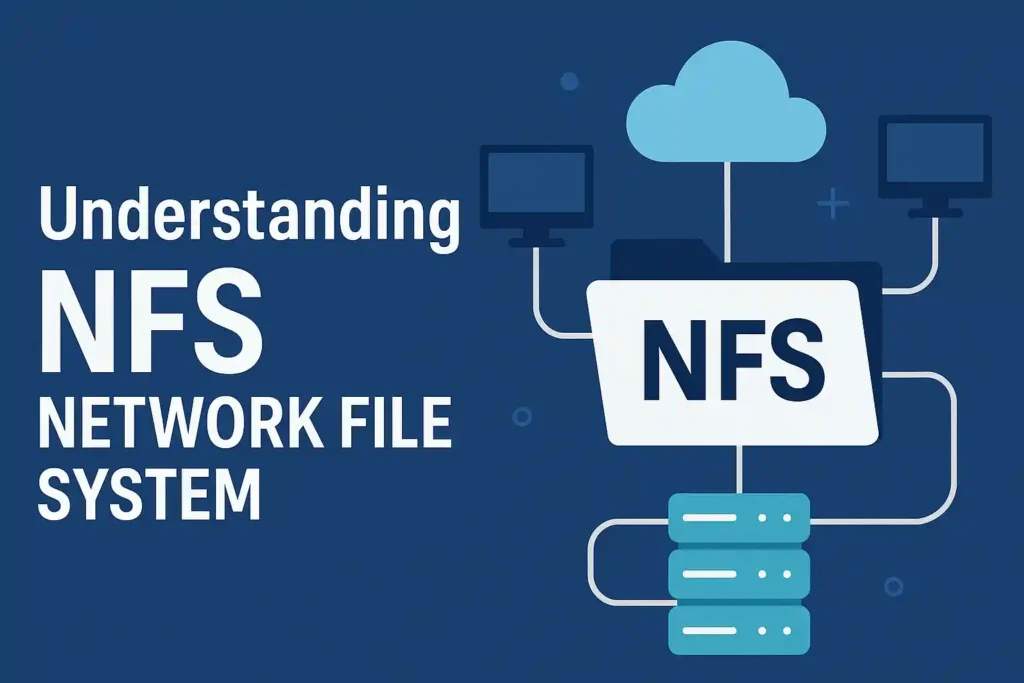
Found this beautiful flower in the backyard of my home, growing in the wild.

Found this beautiful flower in the backyard of my home, growing in the wild.

Lets try to understand NFS. Here is what we are going to do
Part 1: Get a feel of NFS: We will install NFS on a server (we are using a raspberry pi here) and expose the storage on it to another device i.e. my laptop. This is Part 1.
Part 2: Write our own simple and bare minimum NFS server in python to understand how this protocol works under the hood.
Part 3: Understand pNFS with the implementation.
So lets get started!
So first we update the system and make sure packages are up-to-date. Login to the raspberry pi and run the following steps.
sudo apt update
sudo apt upgrade -yThen install the following NFS server package
sudo apt install nfs-kernel-server -yNow create a directory to share over NFS and give the permissions that makes sense to you, we will just give it all the permissions
sudo mkdir -p /srv/nfs/share
sudo chmod 777 /srv/nfs/shareAnd add the following line in /etc/exports to configure NFS to share this directory, this is how my export file looks like
karan@raspberrypi5:~ $ cat /etc/exports
# /etc/exports: the access control list for filesystems which may be exported
# to NFS clients. See exports(5).
#
# Example for NFSv2 and NFSv3:
# /srv/homes hostname1(rw,sync,no_subtree_check) hostname2(ro,sync,no_subtree_check)
#
# Example for NFSv4:
# /srv/nfs4 gss/krb5i(rw,sync,fsid=0,crossmnt,no_subtree_check)
# /srv/nfs4/homes gss/krb5i(rw,sync,no_subtree_check)
#
/srv/nfs/share 192.168.1.0/24(rw,sync,no_subtree_check)
Now update the NFS to pick up the new config and restart the NFS server
karan@raspberrypi5:~ $ sudo exportfs -a
karan@raspberrypi5:~ $ sudo systemctl restart nfs-kernel-server
karan@raspberrypi5:~ $ sudo systemctl status nfs-kernel-server
● nfs-server.service - NFS server and services
Loaded: loaded (/lib/systemd/system/nfs-server.service; enabled; preset: enabled)
Active: active (exited) since Mon 2025-07-28 22:57:07 IST; 9s ago
Process: 3366 ExecStartPre=/usr/sbin/exportfs -r (code=exited, status=0/SUCCESS)
Process: 3367 ExecStart=/usr/sbin/rpc.nfsd (code=exited, status=0/SUCCESS)
Main PID: 3367 (code=exited, status=0/SUCCESS)
CPU: 4ms
Jul 28 22:57:07 raspberrypi5 systemd[1]: Starting nfs-server.service - NFS server and services...
Jul 28 22:57:07 raspberrypi5 systemd[1]: Finished nfs-server.service - NFS server and services.
Install NFS client tools
sudo apt install nfs-common -yCreate a mount point and mount it
sudo mkdir -p /mnt/nfs_share
sudo mount 192.168.1.6:/srv/nfs/share /mnt/nfs_shareNow you have a share directory that can be shared between the devices and can be operated on as a regular directory!
Try out the above steps, play with it and see what all configuration you could do in the export file. See you again in Part 2.